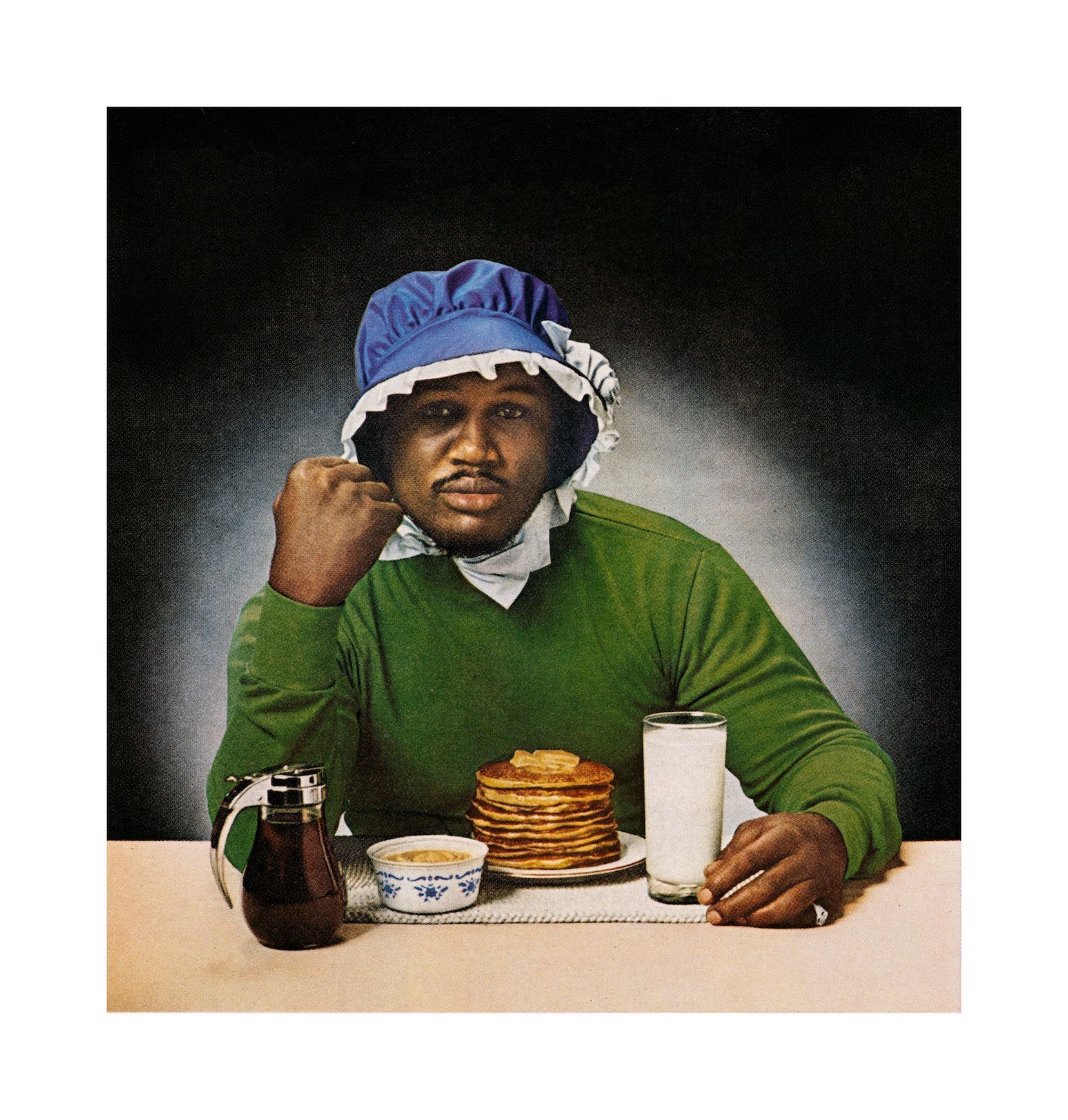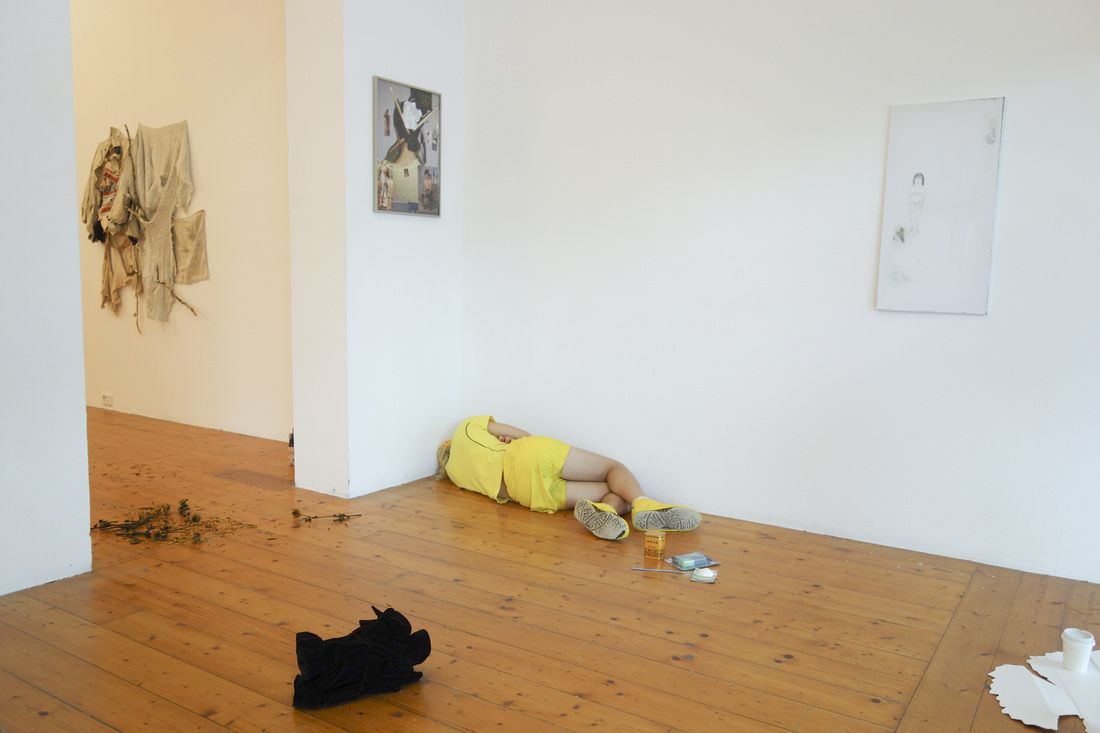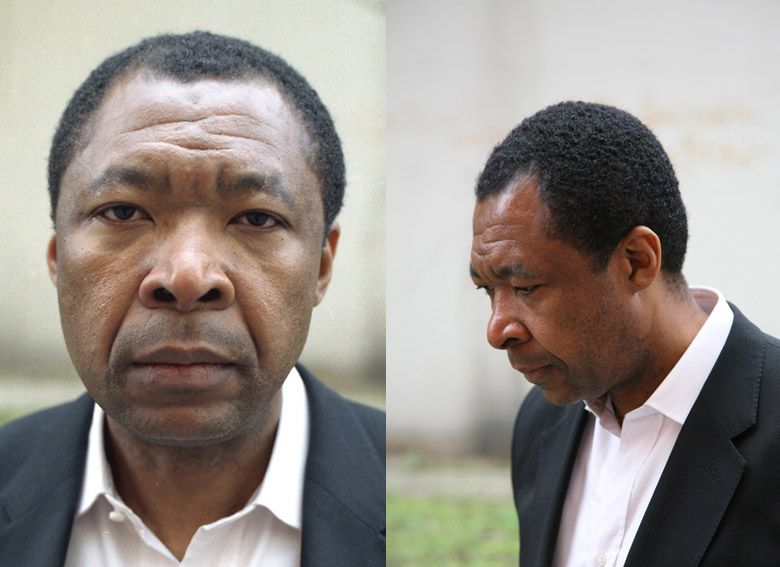Artist and Distribution Master MARCO BRAMBILLA’s Hyper-saturated Pop Iconography


Artist MARCO BRAMBILLA opens his exhibition Creation (Multiplex) tonight at Michael Fuchs Gallery in Berlin. Brambilla’s 3D digital collages are made by plundering images from the history of pop culture and Hollywood and reforming them into narrative kaleidoscopes. Italian-born Brambilla began working with film at a very young age, shooting on Super 8 and 16mm. In 1993, he made his Hollywood debut with Demolition Man—a sci-fi action thriller set in the year 2032, and a 032c favorite. Though the level of compromise in the industry didn’t appeal to Brambilla, who now works exclusively on his art.
Brambilla’s works are intense spectacles thrust into a range of distribution channels. The three-part 3D digital collage series Megaplex debuted in the elevator of the Standard New York; Civilization (Multiplex), 2008, is a remarkable world to look into for the brief ride. His collaboration with Kanye West for the video Power (2010) is like Brueghal going baroque in digital, and an upcoming multi-channel video—made with NASA and called Conquest—will be broadcast in Times Square. “Much of what is out there that’s interesting today is really about the way information is distributed,” says Brambilla. “The way an idea achieves critical mass simply through its communication without being bound by anything physical or conventionally expressive.” The exhibition Creation (Multiplex) presents the 3D video collages as well as new works made by distressing appropriated film scenes on celluloid, which he describes as “time capsules of the ‘golden age’ of cinema.” 032c asked Brambilla about his art and its pop-surgical distribution.
How do you see the art and entertainment industries (mutating) today?
They are in a way converging, because in all these areas the marketing/presentation/distribution aspect is subverting the content itself. Eventually the medium may be the whole message.
What’s your perspective on the economy of images today?
Hollywood film has largely become an exercise in spectacle. Now most of the films that are heavily marketed are essentially platforms for theme rides or toys (or the other way around). On a superficial level I have reprocessed the films and rendered them more saturated because of the sheer density of the images contained in the canvas. How do you reprocess something that is already bombastic to make it even more bombastic? This is where the 3D component came in. It was the next logical next step of making the presentation even more aggressive. Hyper-saturation is part of our media landscape today and using pop-culture imagery I’m commenting on our ability to absorb images, our ability to be distracted, our ability to be entertained-our ability to be confronted with all of those things simultaneously.

How do you produce your videos?
Much of the work I do relies heavily on post-production. It also helps me to pre-visualize what I will be shooting before I start production and can work through a project from start to finish with a much smaller team. My videos often start as a “motion sketch”-sometimes I experiment with the same material for months until it takes shape. Each installment of the Megaplex series was prototyped at my studio before we moved into a more complex post-production phase. The technology required at that point was extremely complex so I’ve had large teams working with me for months to create the final works.
The format of the trilogy is like Carmontelle’s 18th-century landscape transparencies. What forms of art do you look to for source material in addition to cinema?
This was a reference but the main inspiration was Brueghel and Bosch. The Bosch collection at the Prado in Madrid is extraordinary and I’ve always been inspired by it because of the way the sense of narrative functions in his paintings. The Charles and Ray Eames Powers of Ten (1977) was also an initial inspiration for the structure of Creation (Megaplex) (2012).

Marco Brambilla: Creation (Multiplex) is on view at Michael Fuchs Gallery until May 31, 2014.


